жЬ®жЫЬжЧ•, 12жЬИ 15th, 2011...6:56 PM
Mt. Fuji experience report (Yoshida route) Part3
Reading time: About 5 minutes
Mt. Fuji experience report (Yoshida route) Part3Right under the top there is the last orii, and on each side there are shrine dogs placed. Walking through the tori, you climb the rock stairs to the very top.
3:50. We succeed in climbing to the very top of Mt. Fuji.
On Mt. Fuji there are a number of peaks, at the peak of Yoshida exit there is the Kusushi Shrine (3720 meters).
вЦ†While taking a break at the very top we wait for the sunrise
At the peak there are number of huts, filled with climbers.
Climbing memorial goods are sold.
We took a break at another hut..
We ate the breakfast and miso ramen that we had received at the Mt. Fuji Hotel (900yen).
The taste, due to it being peak prices, well… no comment.
Near the peak area it is packed with a large number of climbers, all waiting for the sunrise
From 4:30 it started to slowly become lighter.
We made sure we were at the right spot to take good pictures, and with the climbers we waited for the sunrise patiently. It was cold!
The sky starts to become orange. Right under us we can see the Yamaguchi lake.
It is a touching moment. We begin to see the outer shape of the sun. It is the sunrise.
At the peak there seemed to be a lot of climbers waiting for the sunrise.
вЦ†While exploring the core, we went around the peak.
After seeing the beautiful sunrise from JapanвАЩs highest place, we began to explore the peak.
First we checked out the crater. It feels as if you could fall into the crater if you go too deep into it.
You may have noticed but the Yoshida exit peak is 3720 meters.
But in other the heigh of Mt. Fuji is 3776 meters.
Yes as a matter of fact the real peak is still in a different place.
At Mt. FujiвАЩs peak there you can try вАЬcrater explorationвАЭ where you can walk around the crater. You can also go to Kengamine, which is JapanвАЩs highest place. One round takes about 90 minutes.
The start is the Kusushi shrine.
Here there are Saisen so you can make your prayers.
On the cane you can have a stamp burnt into it as a memory of reaching the Mountain peak (300yen)
In front of the shrine is a popular spot which symbolizes the peak of the Mountain.
There are climbers following one after another to get to the peak.
The Mountain peak course can be chosen either clock wise or counter-clock wise.
But right under the Kengamine is a steep slope, and it is dangerous due to downhill slips, so it is said that the clock wise route which climbs up the steep slopes is easier.
We, for some reason, chose the counter-clock wise route. There are places in which it is partially damaged and it was restricted, so please be cautious.
In faraway is the Kengamine
On our way we found a stone monument of Kinmeisui. It is a small aMt. but water has sprung.
We continued walking through the ups and downs. Because the oxygen level is thin due to the high altitude, our decrease of energy was rapid. We had headaches, and made sure to continue slowly.
A tent built in the dip. At Mt. Fuji there is little shade, and if a tent is not put up in a certain way it will be blown away by strong winds. There have been deaths because of this, so when a tent is built on Mt. Fuji, extreme caution needed.
After 45 minutes since starting, we arrived right underneath Kengamine.
Due to many people taking photos, a line of climbers formed.
At the Kengamine there is a Mt. Fuji weather station that has finished its managed forecasting.
At the edge of the forecast, there are stones at 3 places that symbolize the peak of Mt. Fuji, and is a popular photo spot.
At 6:30, we arrived at JapanвАЩs highest place, the Kengamine.
Further in, we see a sightseeing platform at the forecast center. Because it’s further in, there many who walk by without noticing. When entering the platform it is very small so you need to be cautious. This platform is said to be the exclusively highest place for the general public.
From the platform you can see an amazing shadow of Mt. Fuji.
The difficult spot of exploring the crater of the Kengamine is going down the steep slope called the вАЬhorses backвАЭ.
It is a sandy grovel slope in which is slippery so caution is needed.
Just a little further and we can reach Kengamine, keep it up!
We look back at the horseback
вЦ†Related Post
*Mt. Fuji experience report (Yoshida route) Part1
*Mt. Fuji experience report (Yoshida route) Part2
*Mt. Fuji experience report (Yoshida route) Part4









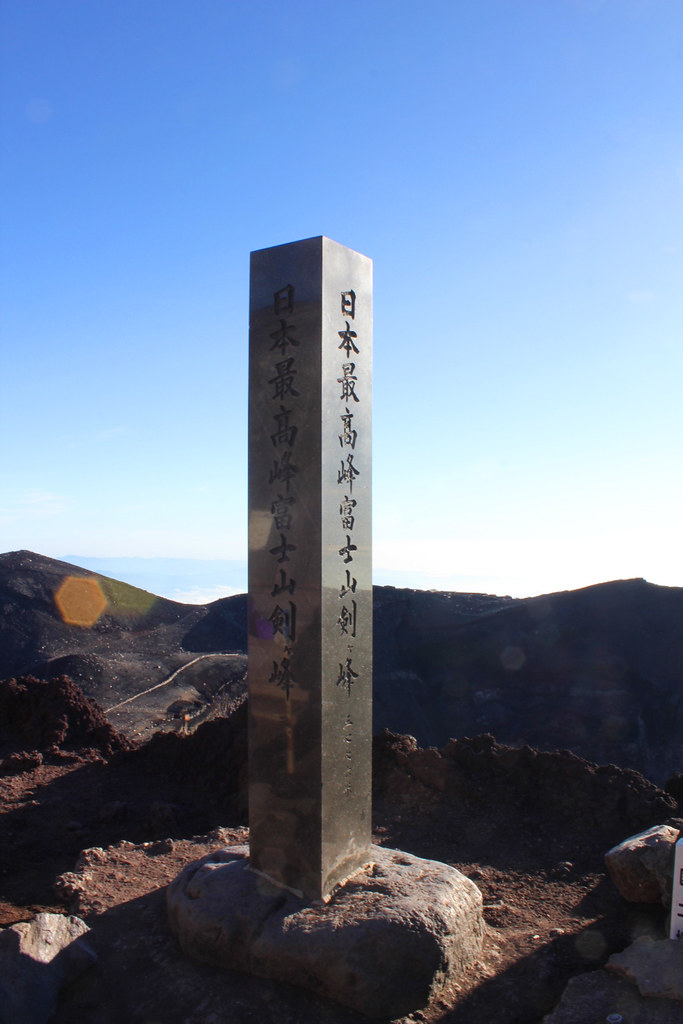
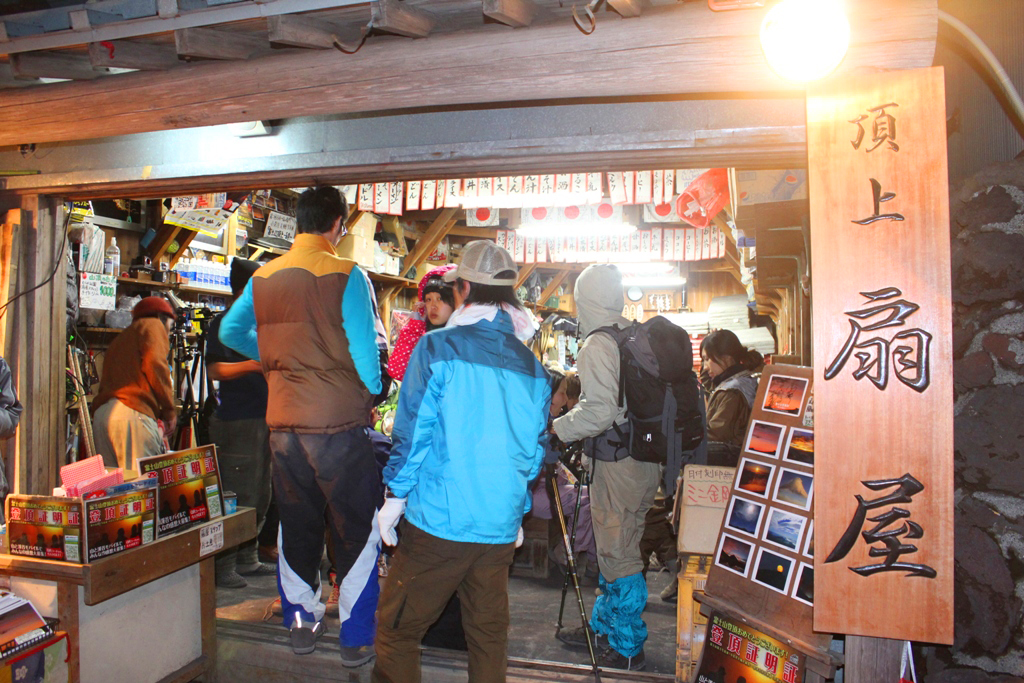
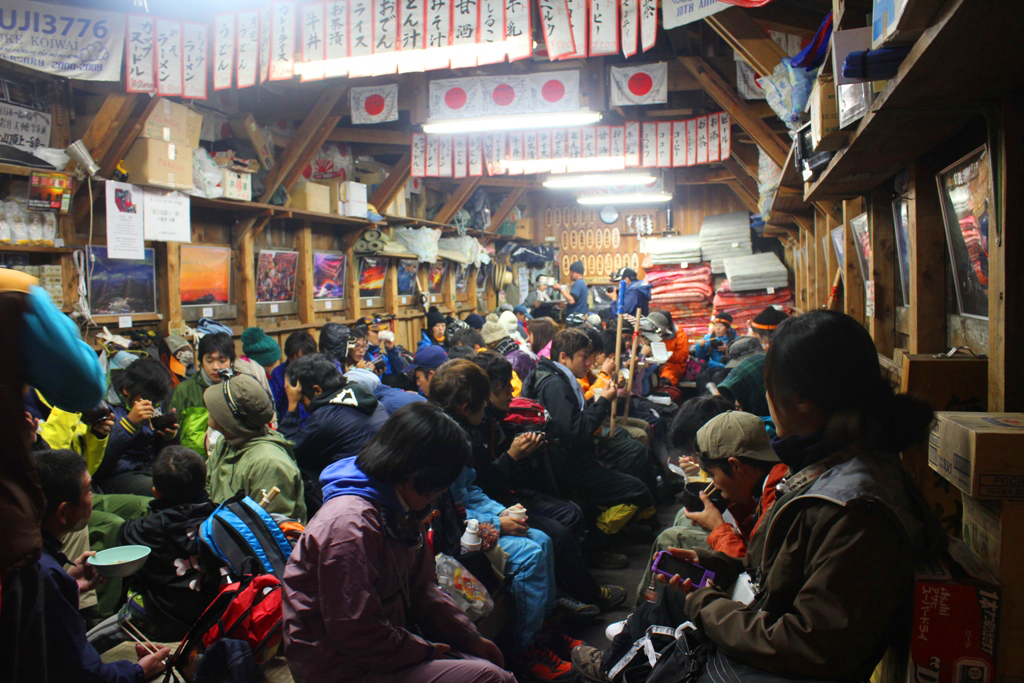
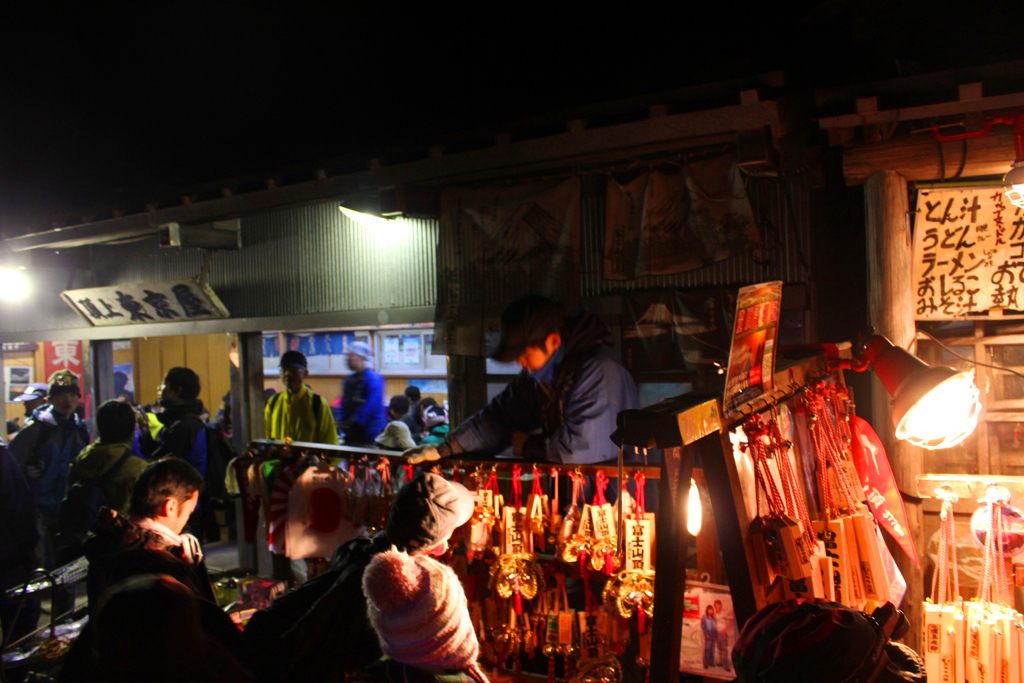

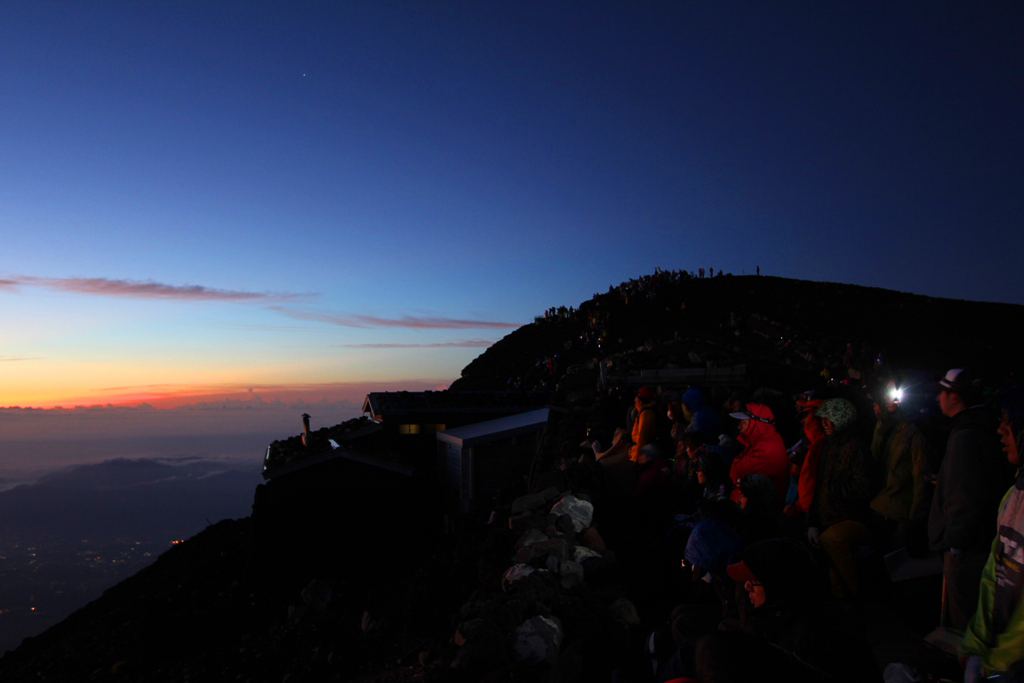
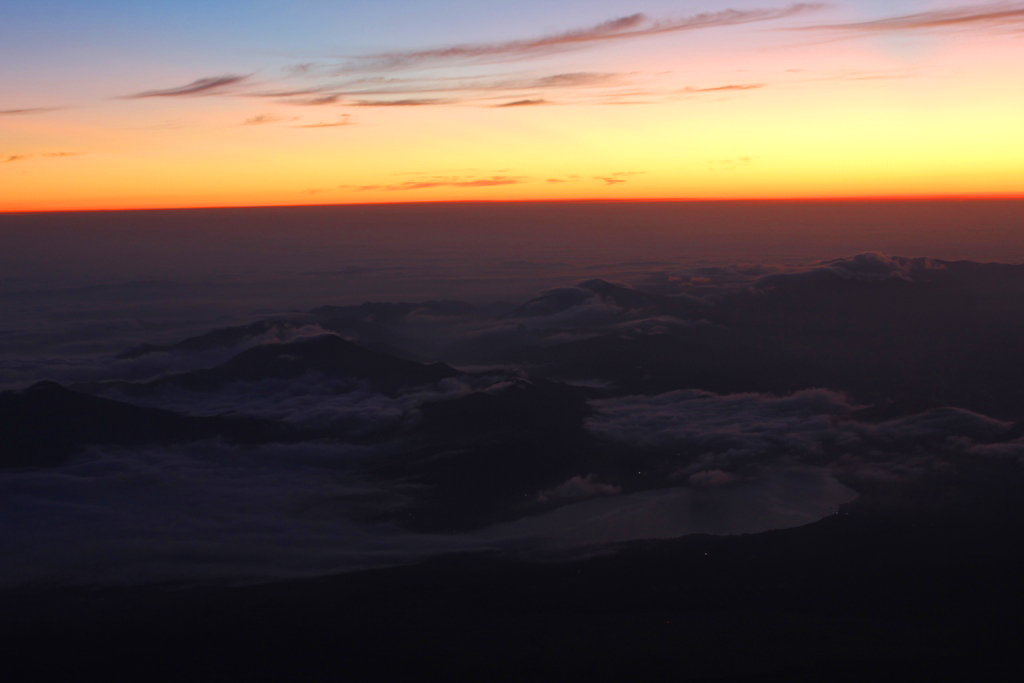
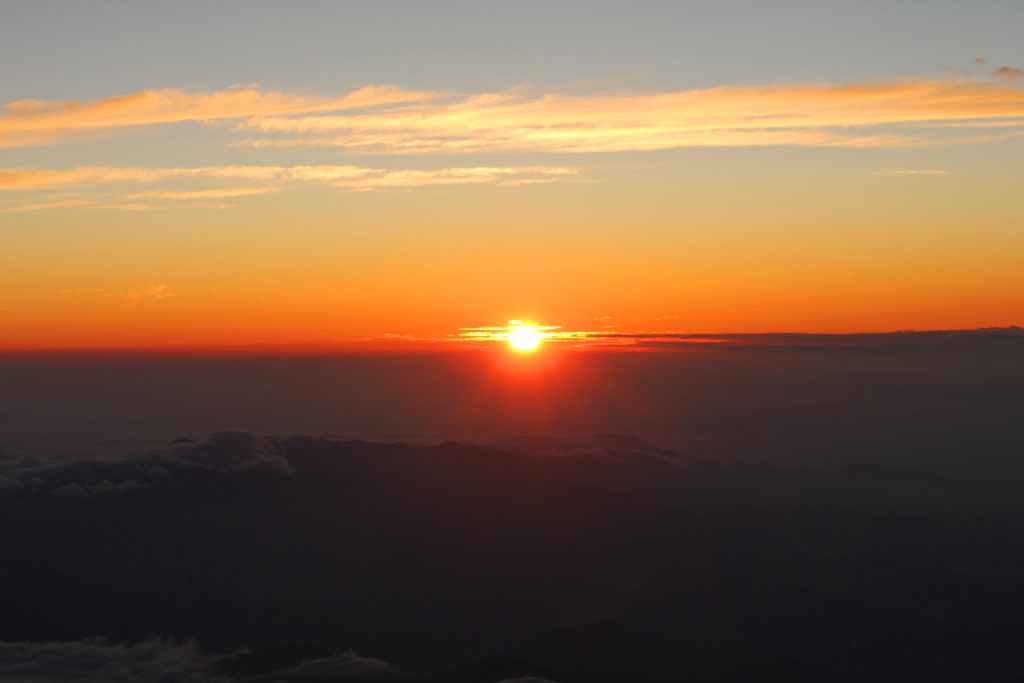
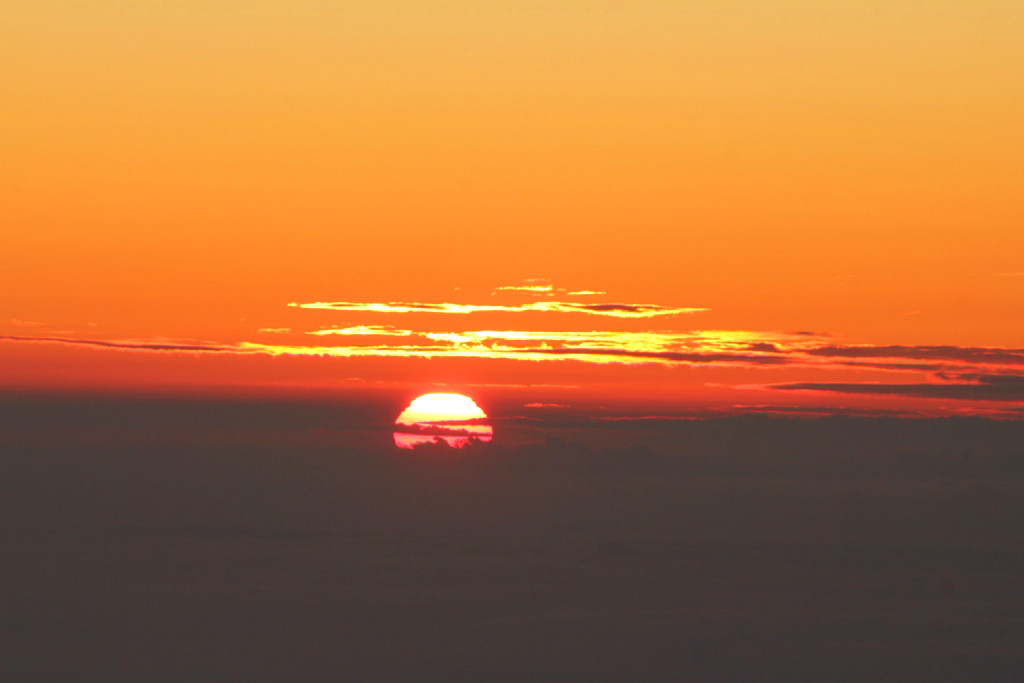
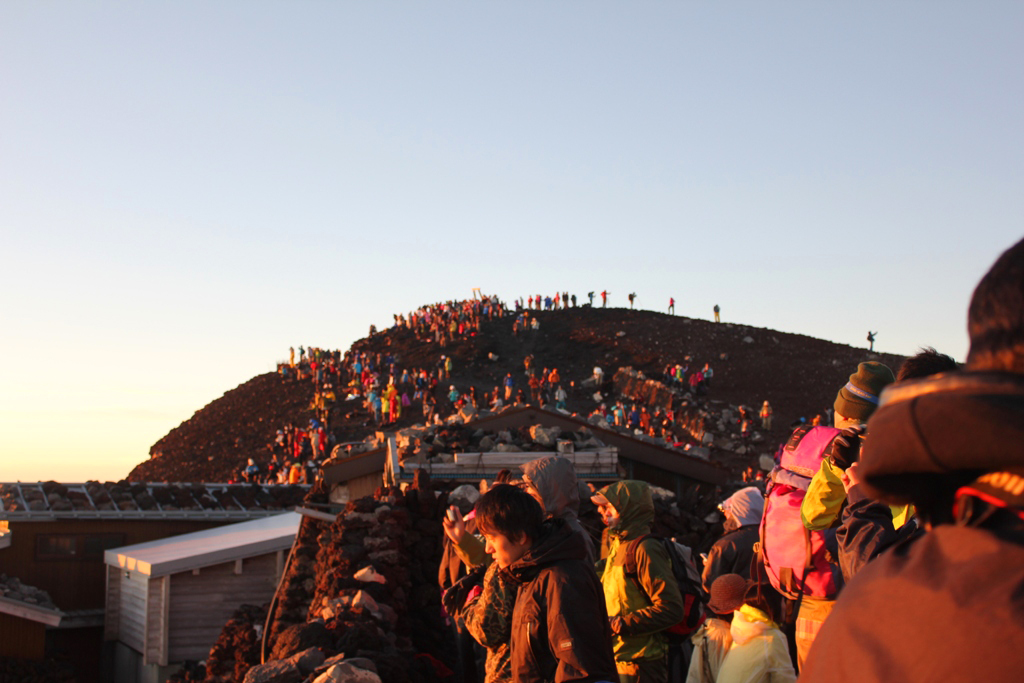

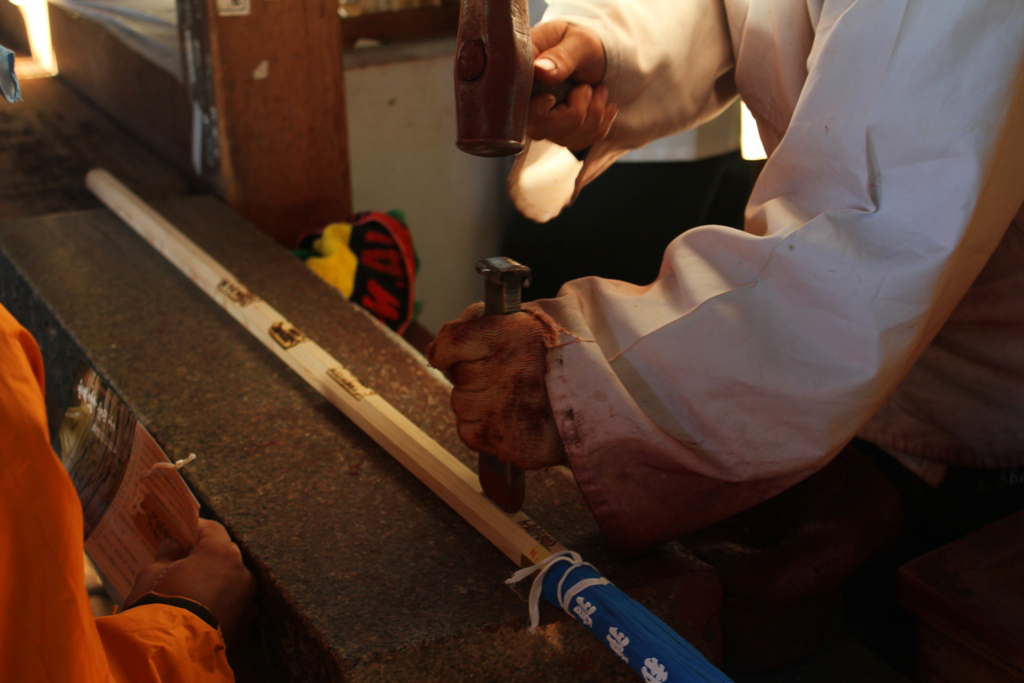
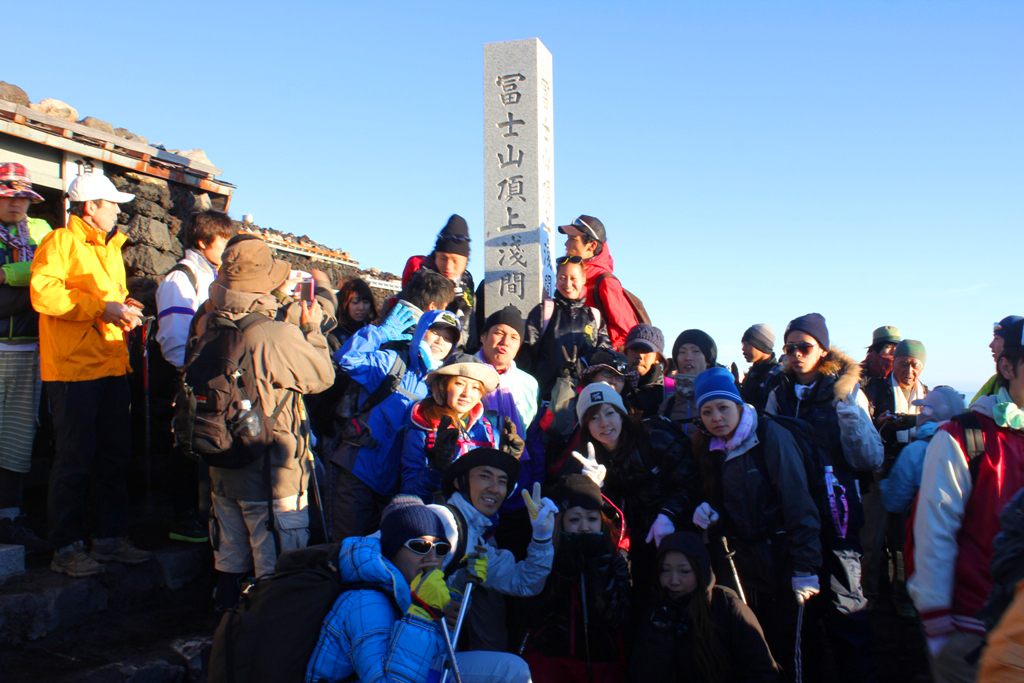
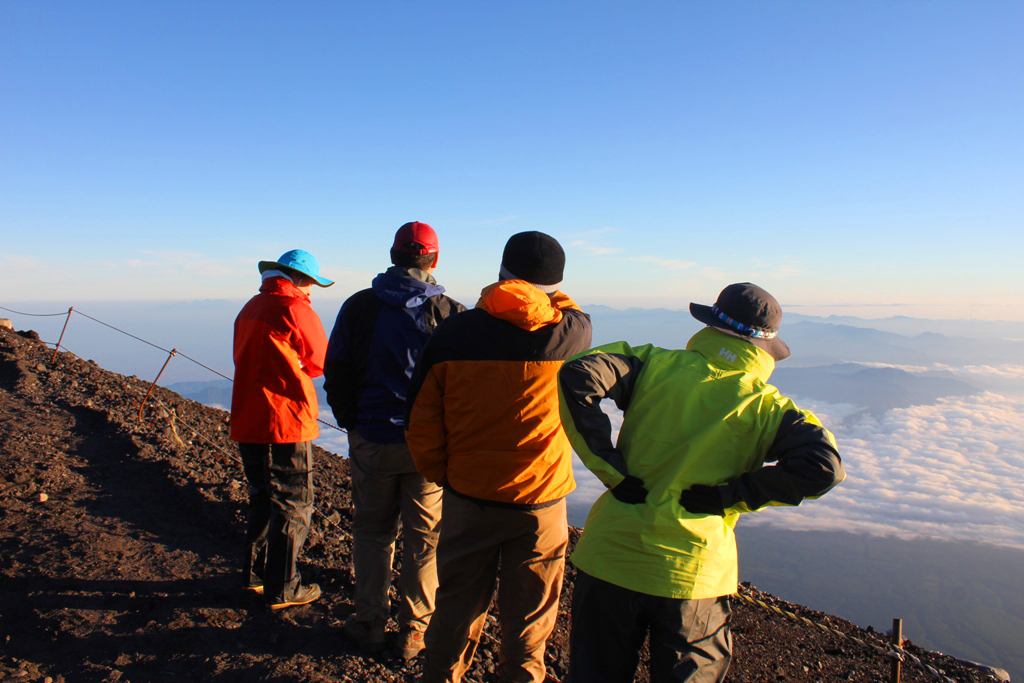
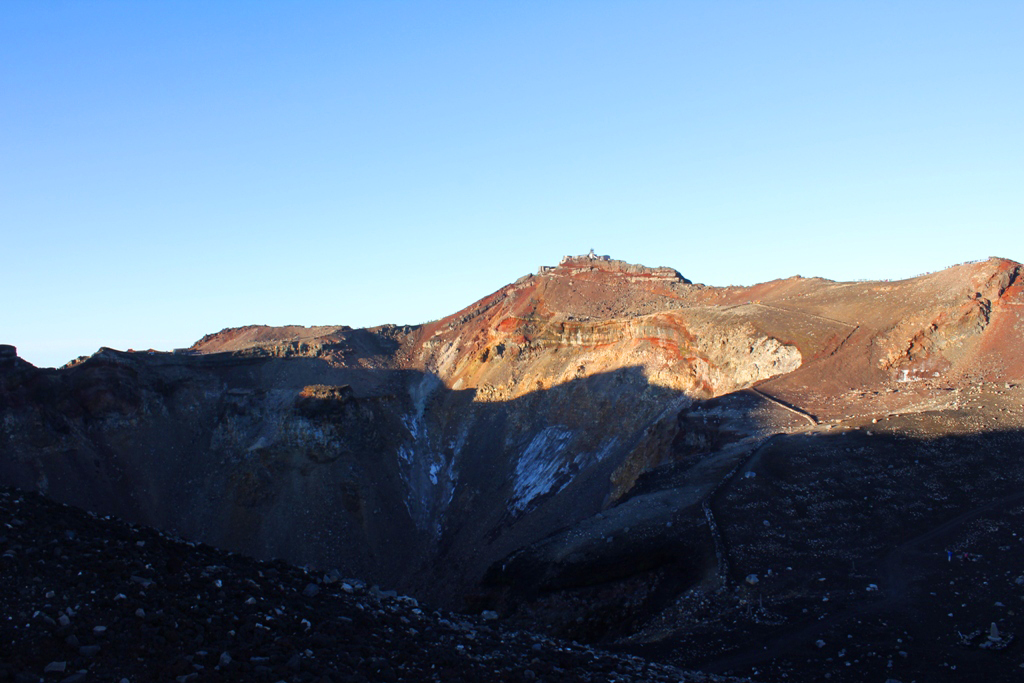

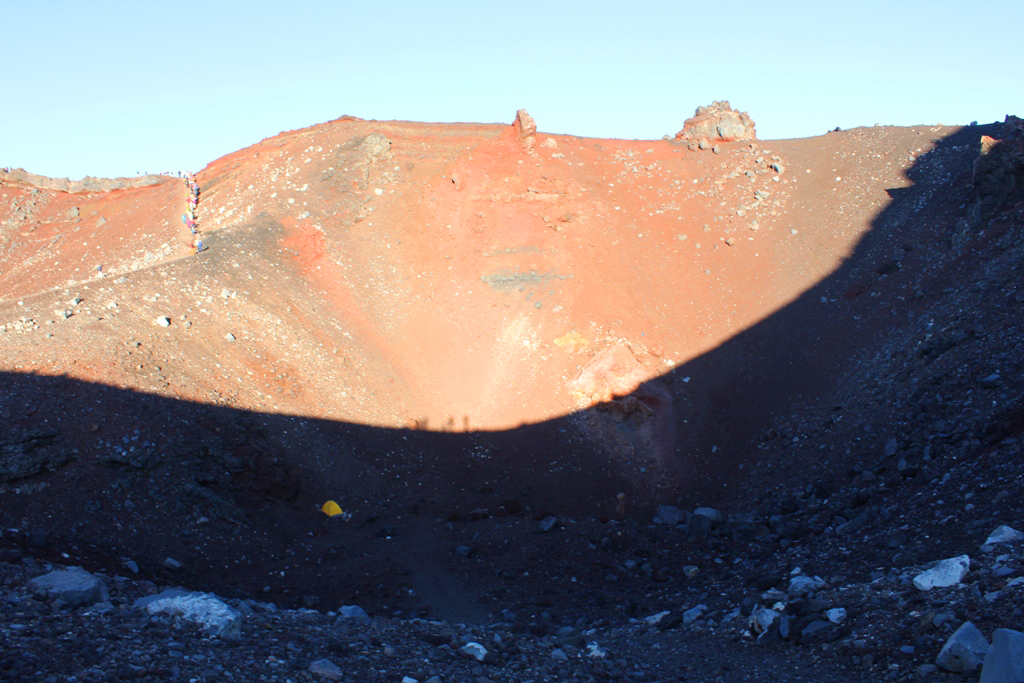
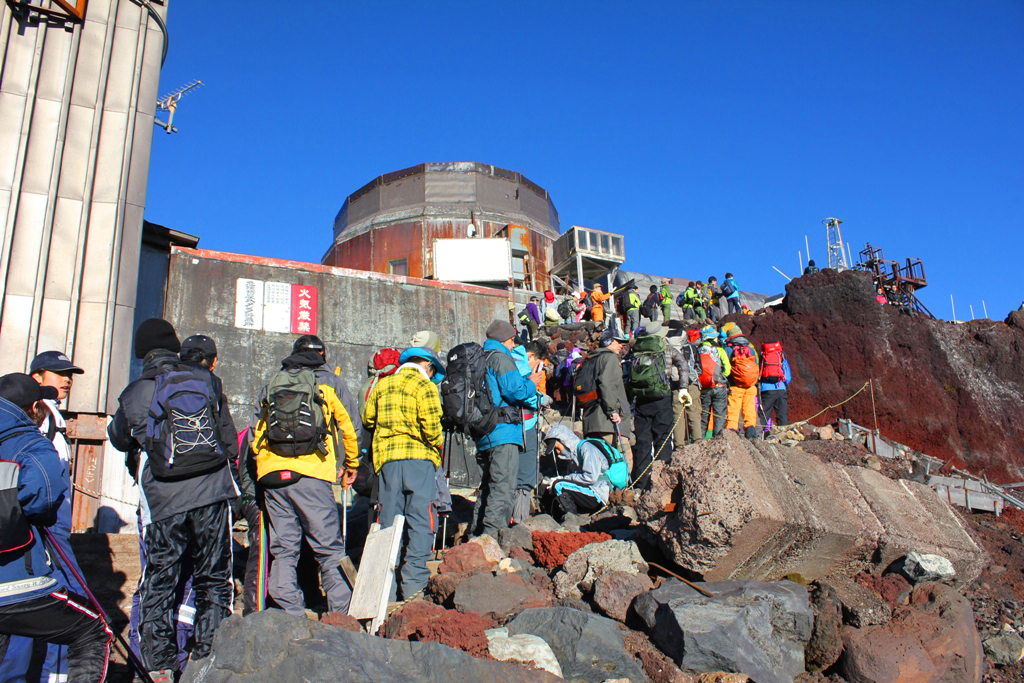
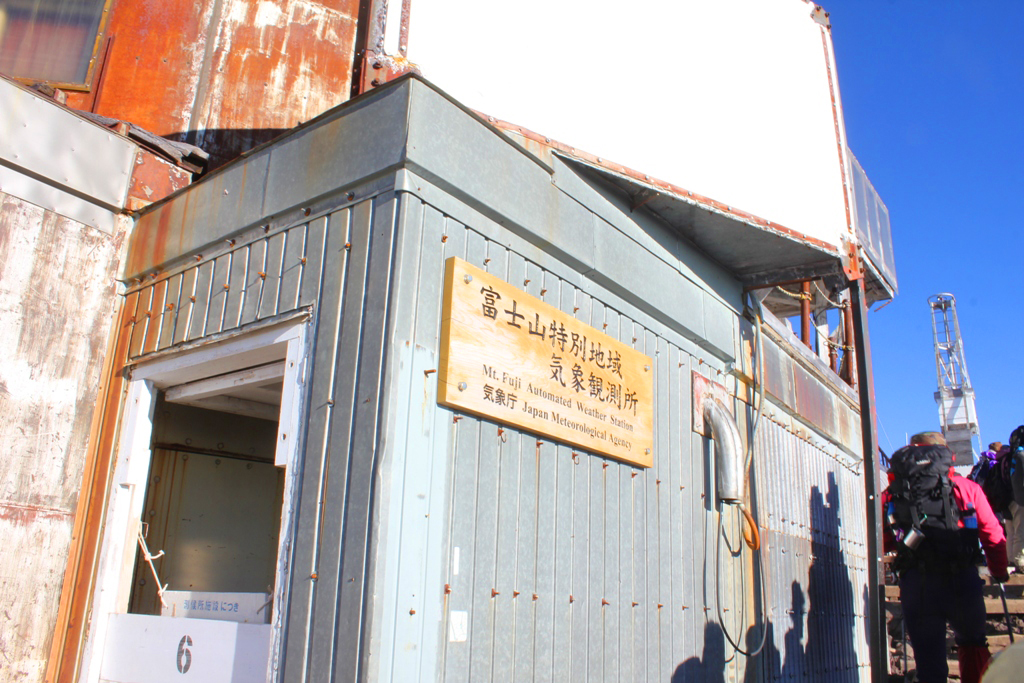
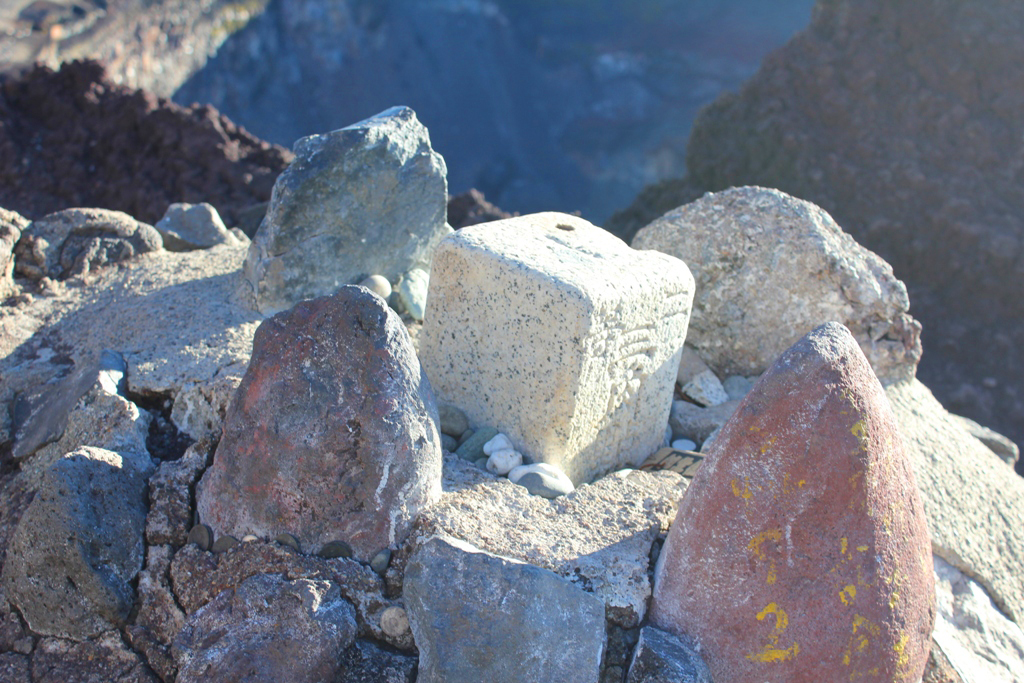

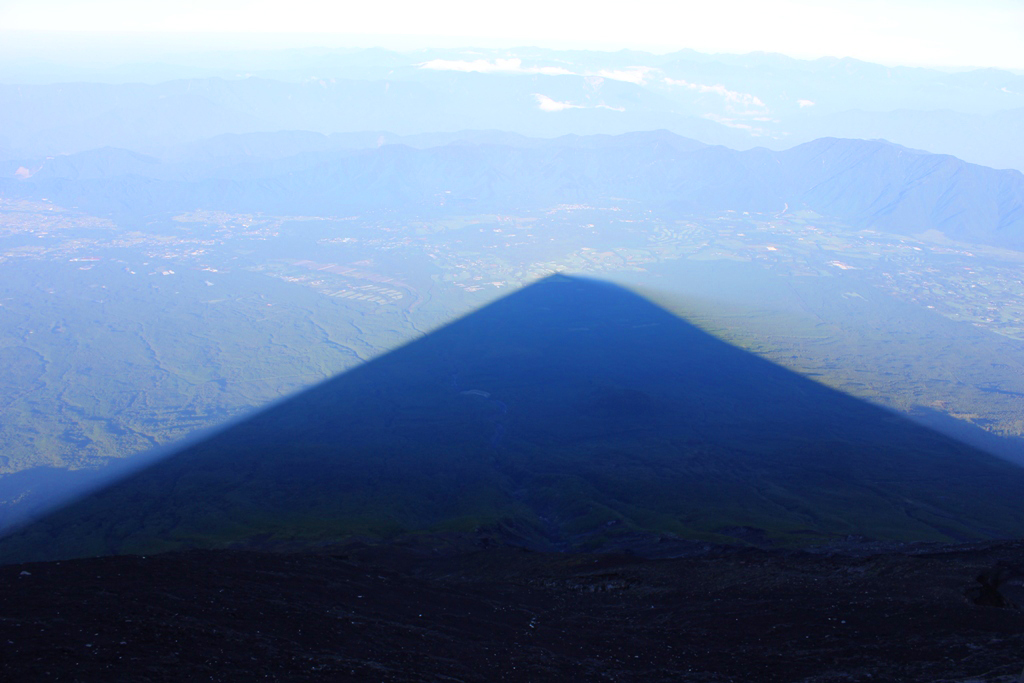
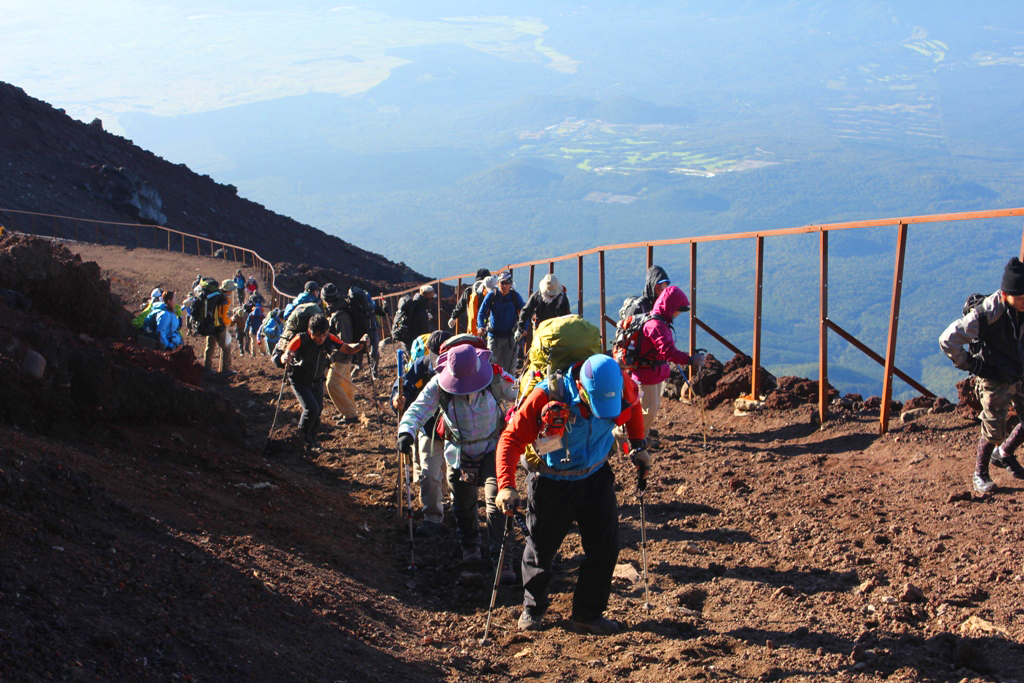
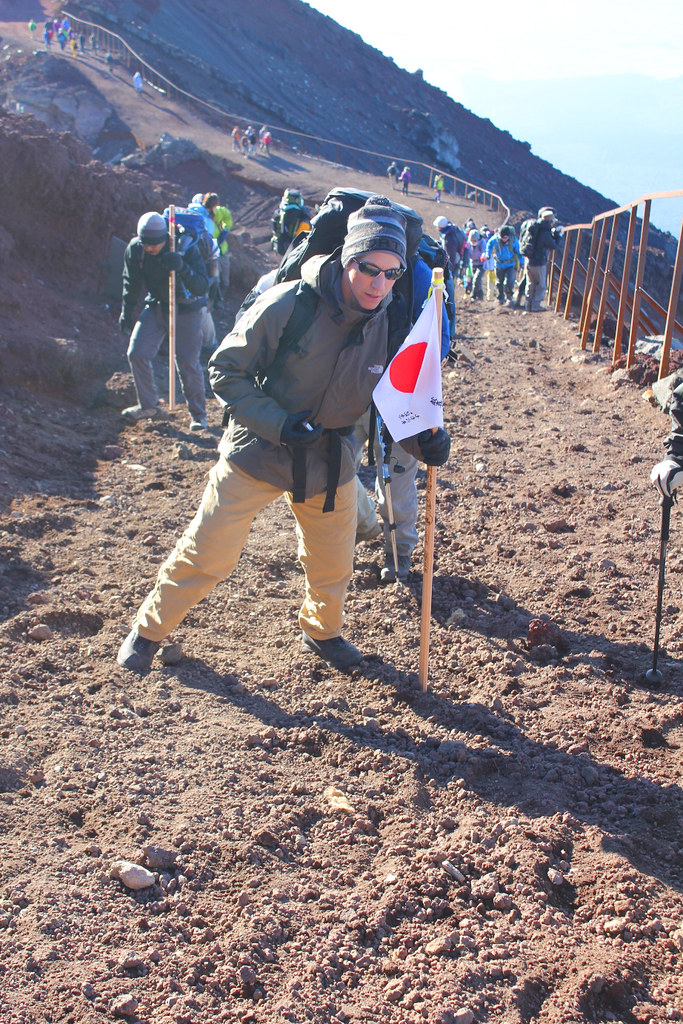












Leave a Reply